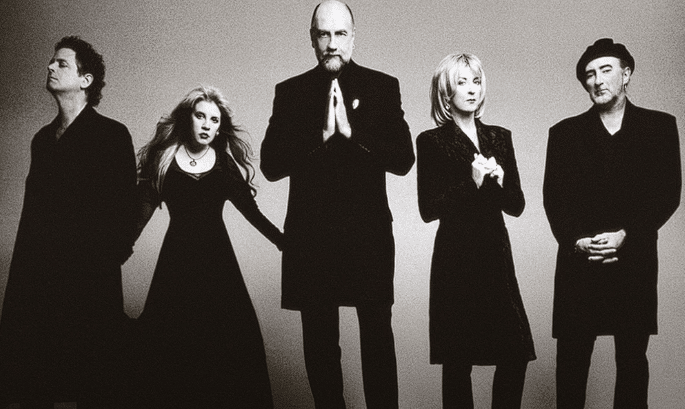When it comes to highly successful artists, money often becomes a secondary concern. They have the freedom to invest substantial amounts in creating their music, experimenting with sounds, and pushing creative boundaries. Fleetwood Mac, one of the most renowned bands in the world, embarked on such a venture with their album “Tusk.” Released in 1979, “Tusk” not only showcased the band’s musical diversity but also became one of the most extravagant records ever made, costing over $1 million. In this article, we delve into the story behind this groundbreaking album and the band’s commitment to their creative vision.
An Expensive Pursuit
After the phenomenal success of their previous album, “Rumours,” Fleetwood Mac found themselves in a unique position to explore their artistic ambitions. Mick Fleetwood, the band’s drummer, acknowledged the blessings they had received and believed it was only fitting to invest the money back into their music-making process. However, contrary to popular belief, the record company did not foot the bill for the extravagant production costs. Fleetwood explained, “People often assume that you are the star of the show and some production company pays for everything. That is not the case literally by 100%.”
Unwavering Vision
Despite their financial resources, Fleetwood Mac’s intention was not to indulge in excess but to create a remarkable album that could stand alongside “Rumours.” Each band member retreated to their own creative corners, writing and recording songs that best represented their individual styles. Fleetwood’s vision was to craft a companion piece to their previous blockbuster, leading them to search for the right studio to bring their ambitious ideas to life. One notable example of their extravagance was the use of a marching band on the title track, showcasing their dedication to pushing musical boundaries.
Artistic Divide and Cohesion
“Tusk” demonstrated a clear division in songwriting styles among the band members, resembling The Beatles’ “White Album” in its eclectic track listing. Each song felt like a solo track, reflecting the individual contributions of the songwriters. Despite this apparent divergence, Fleetwood viewed the album as a collective endeavor and not a mere indulgence. He explained, “That to me doesn’t personally feel like any form of indulgence. It was always a cross to bear that we all had from ‘Rumours’ on.”
Fleetwood Mac’s “Tusk” stands as an example of the band’s unwavering commitment to their artistic vision. Despite the staggering cost and the individual creative pursuits of its members, the album encapsulated their dedication to pushing musical boundaries and crafting a companion piece to their previous success. Rather than indulgence, “Tusk” represents the band’s artistic integrity and willingness to invest in their musical legacy. It serves as a reminder that great music is often born from passion, dedication and a shared language that brings artists together.

